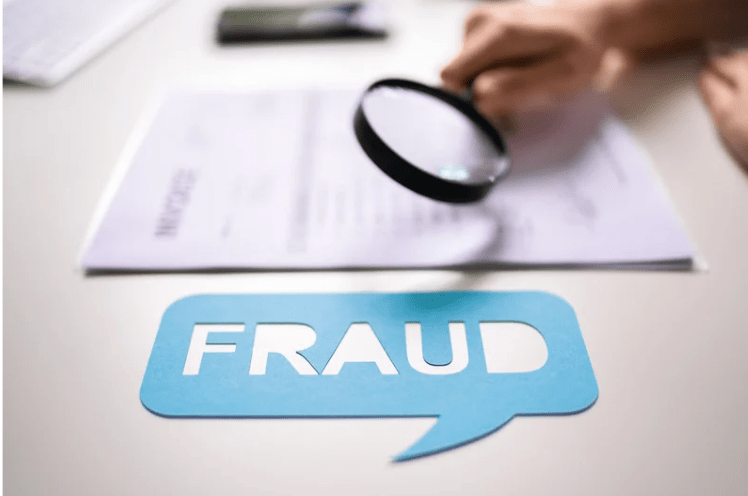
Table Of Contents
Veterans Benefits for Social Anxiety
Social anxiety may not sound like a condition that would impact the ability to work, but the condition can be debilitating. Social anxiety is listed in the federal regulations regarding ratings for mental health disorders. Of course, that doesn’t mean that every veteran who suffers from social anxiety is eligible for VA disability benefits. To qualify, the veteran must establish that:
- They suffer from social anxiety,
- The condition is service-connected, and
- That the condition is serious enough to warrant a disability rating of greater than 0%
Social anxiety, like most other mental health conditions, can potentially support a disability rating of 0%, 10% 30%, 50%, 70% or 100%. The higher the disability rating, the more benefits the veteran will be entitled to. So, it is important not just to establish the diagnosis but also to provide thorough information showing the symptoms and limitations associated with the condition.
How is Social Anxiety Disabling?
Social anxiety is poorly understood by the general public. The condition isn’t simply shyness or awkwardness in social situations. Rather, this can be characterized by a persistent fear of the responses and judgments of others that can be paralyzing. This may present as debilitating fear of interacting with others, inability to make eye contact or engage, serious anxiety in anticipation of certain events, extreme self-consciousness and the mind going blank.
These effects are often accompanied by physical symptoms such as sweating, rigid body posture, nausea, trembling and rapid heartbeat.
Proving Your Anxiety Claim
Service Connection for Social Anxiety
To demonstrate a service connection, the veteran must show either:
- That a specific event or exposure during military service triggered the condition, even if the condition wasn’t diagnosed until after the veteran separated from the service, or
- That the condition started during the veteran’s military service
In some circumstances, the connection may be clear in the veteran’s mind. Perhaps a traumatic event occurred and social anxiety symptoms began to emerge very shortly thereafter, while the veteran was still recovering from the event. In other situations, finding the connection may require a review of the chronology, using the military service record, medical records, and accounts from the veteran and friends and family.
In either case, an experienced veterans disability benefits advocate can assist in making this connection clear to VA decision-makers.
Establishing a Disability Rating
The disability rating for social anxiety is established based on the degree and consistency of social and occupational impairment the veteran suffers. The seasoned VA disability advocates at Veterans Help Group understand the criteria for each anxiety-related disability rating and can help you assemble the right evidence to show the VA the full extent of your disability.
To learn more, call (855) 855-8992 or fill out the contact form on this site.

VA Caregiver Support Program: What Veterans and Families Should Know
VA Caregiver Support Program: What Veterans and Families Should Know Written by Adam Zider: Senior...

VA Disability Benefits and Tax Exemptions: What You Should Know
VA Disability Benefits and Tax Exemptions: What You Should Know Written by: Schuyler Swanton,...

Veterans Help Group In The Community
Veterans Help Group in the Community Written by: Bobbi Boudi, Director of Community Outreach, Amy...





